
Description R.U.R., or Rossum’s Universal Robots is a play written in 1920 by Karel Čapek, a Czech writer who wrote many plays and novels, many of them with science-fiction and dystopian themes. R.U.R. is perhaps the most well-known of these works in the English-speaking world because it brought the word “robot” into the language. “Robot” is derived from the Czech word meaning “worker.” The play is set in the island headquarters of the R.U.R. corporation. The corporation has been manufacturing
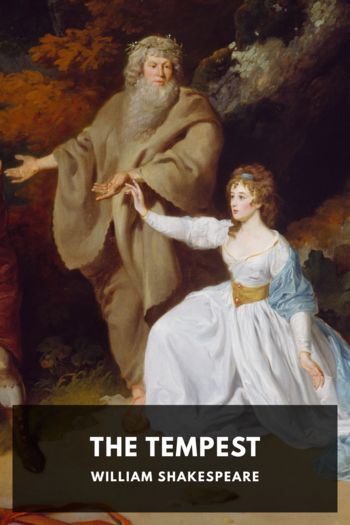
Description The Tempest, thought to be one of the last plays that Shakespeare wrote alone, begins with a storm which shipwrecks the king of Naples and his crew. We quickly learn that the tempest was not a natural occurence; it was created by Prospero, the usurped duke of Milan who is stranded on a nearby island, with the help of Ariel, a spirit in his service. The rest of the play explores the relationships between the shipwrecked crew, Prospero, his daughter Miranda, and a native of the
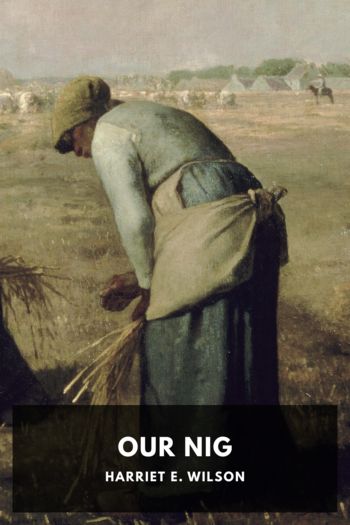
Description Our Nig is an an autobiographical novel by Harriet E. Wilson, her only published work. It was written not for pleasure, but to financially support the lives of the author and her sick child. It was long considered to be the first novel published by an African-American woman in the United States, but recent research has put that title into question. Frado, born to a white mother and black father, is abandoned by her parents at age six and left to the Bellmont family. Though the

Description Over four hundred years after it was first published, Romeo and Juliet remains one of Shakespeare’s most famous and most frequently performed plays. During the late 1500s many playwrights loved to base their plays off of Italian stories, and Shakespeare was no different; he was heavily influenced by the Italian tale “The Goodly History of the True and Constant Love of Romeo and Juliett.” Today Romeo and Juliet continues to spread its influence within literature and performing arts.
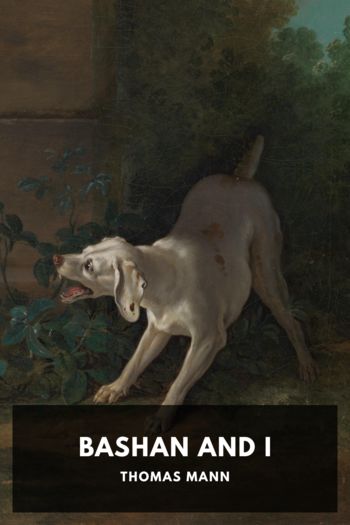
Description In Bashan and I (sometime referred to as Man and Dog), Thomas Mann, the Nobel Prize-winning author of The Magic Mountain and Death in Venice, writes in the most remarkable way of the unique relation that links a dog with his master. These memoirs read as a novel, and describe in fierce detail the behavior, feelings and psychology of Mann’s dog Bashan, and of Mann himself. Mann tells how he acquired Bashan, details traits of his character, and describes how they go on harmless and

Description This collection of short stories, retold by Irish author James Stephens, focuses mainly on the adventures of legendary hunter-warrior Fionn mac Uail and his companions in the Fianna. The stories often feature the magical people of the Shí (fairies) and their interactions with the residents of medieval Ireland.
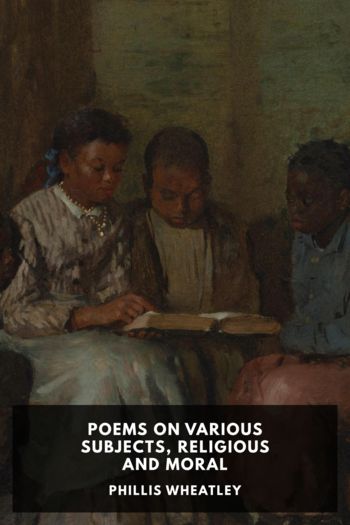
Description Poems on Various Subjects, Religious and Moral was the first book of poetry ever published by an African-American author. Phillis Wheatley’s deep familiarity with Latin literature and Christianity, combined with her African ancestry, provided her with a unique and inimitable view of poetry. She was kidnapped and brought over to America on a ship called The Phillis after which she was named. Her interest in poetry and literature was recognized by the Wheatley family who, though
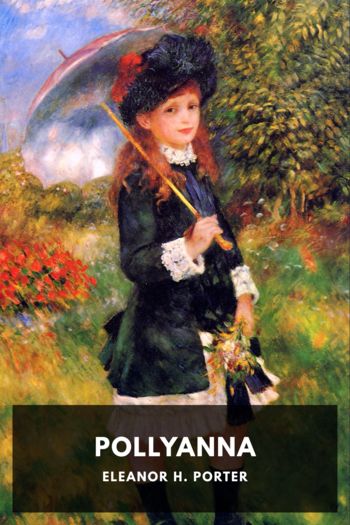
Description Eleven year-old Pollyanna, having recently been orphaned by her widower father, is sent back East to be cared for by her dutiful and stoic Vermont aunt. Naive and ever-literal, this very positive young girl brings with her an infectious habit of instinctive gratitude that was taught to her as “the game” by her late father. This game serves her well, while also uplifting the turn of the century New England community which becomes her home. Pollyanna inspired the production of five
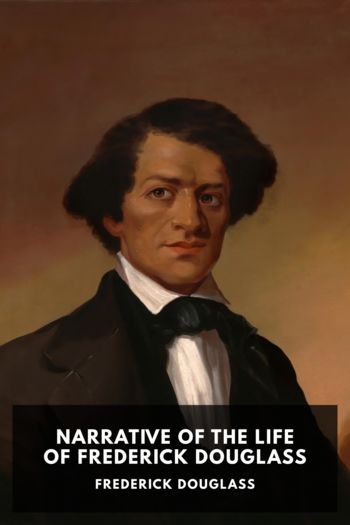
Description The Narrative of the Life of Frederick Douglass was written in 1845, seven years after Douglass escaped slavery, and is the first of three autobiographies. It covers his life as a slave, enduring the whips of the overseers and the hopelessness of his circumstances, until his escape to the north and arrival at New Bedford, Massachusetts. The brutalities he witnessed and his slowly growing desire for freedom are presented in the vivid language he was already known for in his

Description William Congreve’s comedy The Way of the World was first performed in 1700 at the theatre in Lincoln’s Inn Fields, London. It was not well received, and as a result Congreve vowed never to write for the stage again—a vow he kept. Nonetheless the comedy was printed in the same year and has come to be regarded as the author’s masterpiece, a classic of Restoration drama. In a world still reacting against the puritanism of Cromwell and the Commonwealth, Restoration drama had slowly

Description R.U.R., or Rossum’s Universal Robots is a play written in 1920 by Karel Čapek, a Czech writer who wrote many plays and novels, many of them with science-fiction and dystopian themes. R.U.R. is perhaps the most well-known of these works in the English-speaking world because it brought the word “robot” into the language. “Robot” is derived from the Czech word meaning “worker.” The play is set in the island headquarters of the R.U.R. corporation. The corporation has been manufacturing

Description The Tempest, thought to be one of the last plays that Shakespeare wrote alone, begins with a storm which shipwrecks the king of Naples and his crew. We quickly learn that the tempest was not a natural occurence; it was created by Prospero, the usurped duke of Milan who is stranded on a nearby island, with the help of Ariel, a spirit in his service. The rest of the play explores the relationships between the shipwrecked crew, Prospero, his daughter Miranda, and a native of the

Description Our Nig is an an autobiographical novel by Harriet E. Wilson, her only published work. It was written not for pleasure, but to financially support the lives of the author and her sick child. It was long considered to be the first novel published by an African-American woman in the United States, but recent research has put that title into question. Frado, born to a white mother and black father, is abandoned by her parents at age six and left to the Bellmont family. Though the

Description Over four hundred years after it was first published, Romeo and Juliet remains one of Shakespeare’s most famous and most frequently performed plays. During the late 1500s many playwrights loved to base their plays off of Italian stories, and Shakespeare was no different; he was heavily influenced by the Italian tale “The Goodly History of the True and Constant Love of Romeo and Juliett.” Today Romeo and Juliet continues to spread its influence within literature and performing arts.

Description In Bashan and I (sometime referred to as Man and Dog), Thomas Mann, the Nobel Prize-winning author of The Magic Mountain and Death in Venice, writes in the most remarkable way of the unique relation that links a dog with his master. These memoirs read as a novel, and describe in fierce detail the behavior, feelings and psychology of Mann’s dog Bashan, and of Mann himself. Mann tells how he acquired Bashan, details traits of his character, and describes how they go on harmless and

Description This collection of short stories, retold by Irish author James Stephens, focuses mainly on the adventures of legendary hunter-warrior Fionn mac Uail and his companions in the Fianna. The stories often feature the magical people of the Shí (fairies) and their interactions with the residents of medieval Ireland.

Description Poems on Various Subjects, Religious and Moral was the first book of poetry ever published by an African-American author. Phillis Wheatley’s deep familiarity with Latin literature and Christianity, combined with her African ancestry, provided her with a unique and inimitable view of poetry. She was kidnapped and brought over to America on a ship called The Phillis after which she was named. Her interest in poetry and literature was recognized by the Wheatley family who, though

Description Eleven year-old Pollyanna, having recently been orphaned by her widower father, is sent back East to be cared for by her dutiful and stoic Vermont aunt. Naive and ever-literal, this very positive young girl brings with her an infectious habit of instinctive gratitude that was taught to her as “the game” by her late father. This game serves her well, while also uplifting the turn of the century New England community which becomes her home. Pollyanna inspired the production of five

Description The Narrative of the Life of Frederick Douglass was written in 1845, seven years after Douglass escaped slavery, and is the first of three autobiographies. It covers his life as a slave, enduring the whips of the overseers and the hopelessness of his circumstances, until his escape to the north and arrival at New Bedford, Massachusetts. The brutalities he witnessed and his slowly growing desire for freedom are presented in the vivid language he was already known for in his

Description William Congreve’s comedy The Way of the World was first performed in 1700 at the theatre in Lincoln’s Inn Fields, London. It was not well received, and as a result Congreve vowed never to write for the stage again—a vow he kept. Nonetheless the comedy was printed in the same year and has come to be regarded as the author’s masterpiece, a classic of Restoration drama. In a world still reacting against the puritanism of Cromwell and the Commonwealth, Restoration drama had slowly